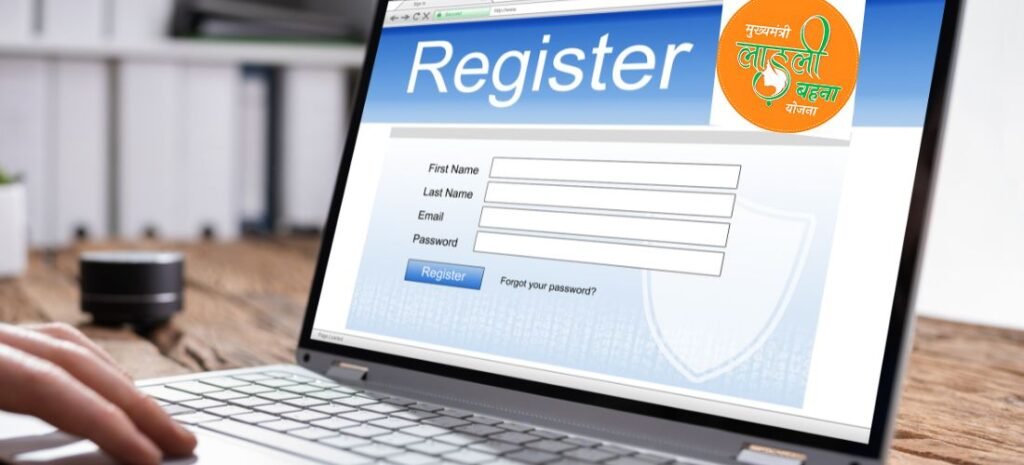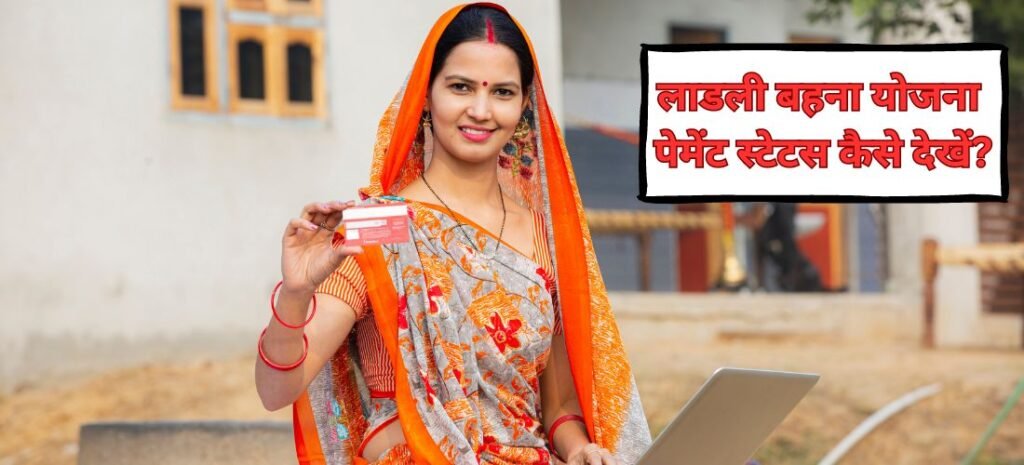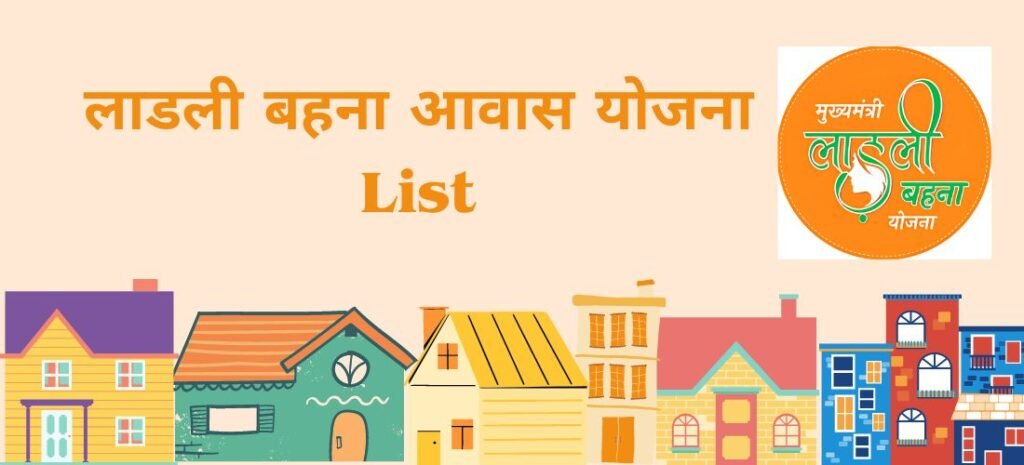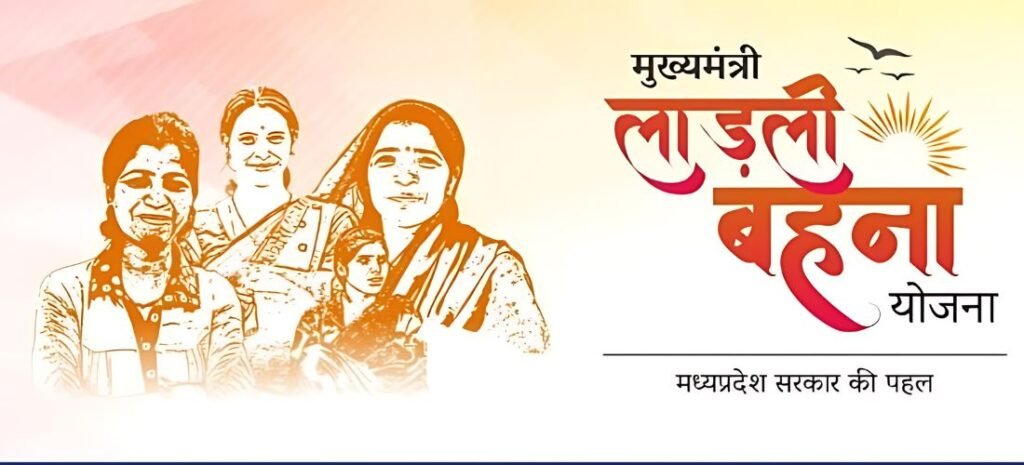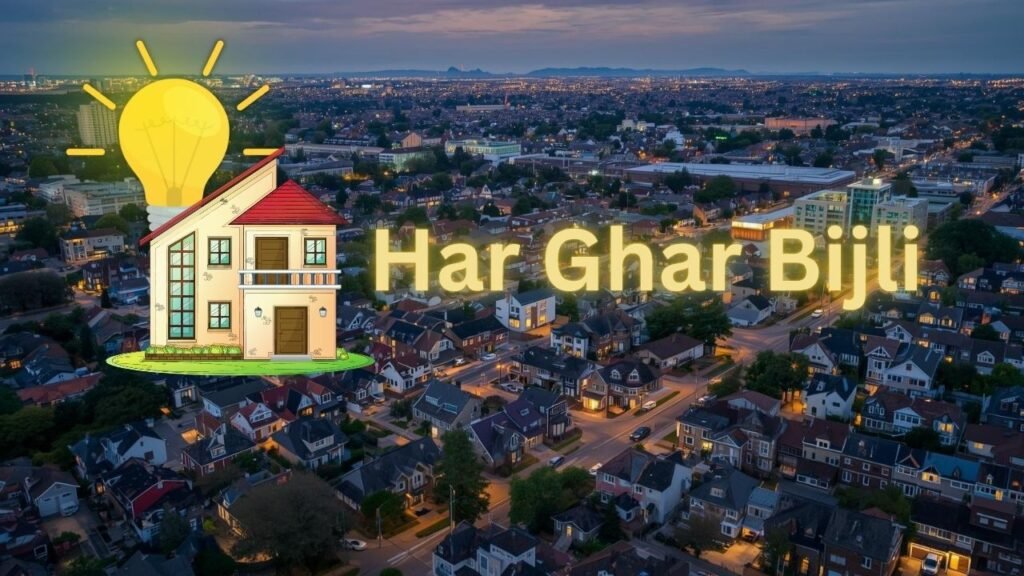
Electricity is no longer a luxurious addition, but an absolute essential in modern-day life. It’s what powers our houses, fuels our businesses, helps educate and connects us to the digital world. However, even as India grew at a neck-breaking pace economically, millions in the country lived without light till recently. Acknowledging this urgent need, the Government of India announced the Pradhan Mantri Sahaj Bijli Har Ghar Yojana (or Saubhagya, or Har Ghar Bijli) to provide electricity connection to every willing household in the country.
What is The Har Ghar Bijli Scheme
With the vision of making electricity available to all unelectrified households in rural and urban India, the Pradhan Mantri Sahaj Bijli Har Ghar Yojana (PM-SBHGY) or ‘Saubhagya’ was launched in September 2017 by Prime Minister Narendra Modi. It is one of the crucial steps of India towards inclusive growth and social justice.
Key Objectives
Objectives of Har Ghar Bijli Yojana are as follows:
- Universal Household Electrification: All households across India, irrespective of their geography, socio-economic status or ability to pay, have access to 24×7 power.
- Last mile connectivity: Concentrate on taking access to those last remote and difficult-to-reach positions, where conventional grid extension is not cost-effective.
- Economic Empowerment: Providing households with the opportunity to engage in productive activities after dark, which increases their productivity and income.
- Health and Education: Decreasing reliance on polluting traditional sources of illumination, such as kerosene lamps, allows children to study better thanks to good lighting.
- Access to Information Society and Communication Technologies (ISCTs): Promoting access to the electrical technologies of information and communication in a way that narrows the rural-urban digital divide.
Financial Plan and Process Overview
When it was launched, Saubhagya had a huge financial commitment behind it, which would have demonstrated the government’s intent to achieve universal electrification. The total budget of the scheme was around Rs. 16,320 crore and there was considerable support from the central government under this programme.
Funding Structure
The financing approach under Har Ghar Bijli is built keeping in view the twin objective of ensuring the financial viability of the system and access to electricity:
- For BPL Households – Poverty Line: SECC data-based categorization of households as poor (eligible if the household does not have an electricity connection) would be eligible for free electricity connections. Everything from wire, meter installation and wiring to service cable is paid for by the government.
- For Non-BPL For none of the first two million taka would be subsidy – for one to non-BPL-households: Household that are not covered in SECC data connection is provided at a greatly subsidized fee. These families can even pay the connection charges in simple 10 instalments, which are deducted directly from their electricity bills, making it affordable for the middle-income category of households.
- Provisions: The scheme includes solar photovoltaic (SPV) based standalone systems with a battery bank for areas where grid extension is not feasible and or not cost-effective and 24×7 power supply.
Read Also: TechyHitTools org | NREGA MIS Report | KongoTech org | FAEA Scholarship
Benefits You Get From the Har Ghar Bijli Scheme
The Har Ghar Bijli Yojana is not just about ensuring a connection for the household to the electricity grid. It is a comprehensive pack that comes with;
Infrastructure Components
- Service Cable Connection: A service cable taken from the next electricity pole to the consumer premises and back for an uninterrupted power supply.
- Energy Meter Fitting: A well-calibrated energy meter is provided to all domestic consumers for measurement of consumption and billing purposes.
- Wiring: Basic wiring is included inside for quick and easy use of electricity in your home.
- LED lighting: A LED bulb connection is also included to help conserve energy from the get-go.
- Mobile Charging Point: In pursuit of mobile power hunger that helps the Village stay connected with its larger eco-system, each household gets a special mobile charging point.
- Distribution Transformer Augmentation: Existing transformer (s) are augmented / new transformers are installed as and if required to cater to the additional load.
Solar Power Integration
For parts of the country where traditional grid expansion is not feasible – either because of challenging terrain, low population density or cost-prohibitive extension segments – the program creatively uses off-grid solar solutions:
- Solar Photovoltaic Systems: An Individual household has been provided with a solar PV system of appropriate capacity.
- BATTERY STORAGE (Quality battery banks- like 3kw/hr each x2 in the following link): Remain powered even during dark hours of the day.
- Service and Maintenance: An Ongoing service and maintenance structure is set up to keep assets operational for solar installations.
Application Process of the Har Ghar Bijli Scheme
The Har Ghar Bijli scheme has been made user-friendly with various options for application:
Online Application Process
- Go to the Official Website: Visit the Saubhagya dashboard at saubhagya. gov.in or at the dedicated portal of your state electricity board ( e.g. hargharbijli. bsphcl. co.in for Bihar).
- Create account: on the screen, a form needs to be filled out by giving name, address, Aadhar number and contact details.
- Document Upload: Submit scanned documents, Aadhar card, address proof and BPL certificate (If applicable).
- Verification: The software is verified by local electricity distribution companies.
- Connect: On approval, the site survey is done and set up within the specified period.
- Confirmation: Applicants are sent SMS and email notifications at every stage to ensure transparency.
Offline Application Process
For the internetless, the scheme can also handle offline applications:
- Visit Local Office: Request the closest electricity distribution office or specified Saubhagya facilitation center.
- Get the Form: Apply and fill out the physical application form with correct information.
- Submission of Documents: Photocopies of the documents mentioned above should accompany the application form.
- Acknowledgement: Get an acknowledgement receipt with a unique application number for your tracking.
- Follow-Up: Check on the status of the application via helpline number.
Har Ghar Bijli Eligibility Criteria
The Har Ghar Bijli Yojana has been made broad-based and demand-driven, for paying first to the poorest of poor.
Primary Eligibility Requirements
- Unconnected Household: The sole criterion for this household is that there should be no member of the family who has an electricity connection in his/her name.
- SECC ID: Beneficiaries of the rural household data included in SECC 2011 are automatically eligible for a free connection under BPL.
- Coverage: The scheme is expected to reach all left-out un-electrified households in rural as well as urban areas of all states and union territories.
- Households: The program states that it respects the right to connect of any household in a willing state.
Priority Categories
Although the scheme targets universal coverage, it includes prioritisation for:
- Below poverty line (BPL) households
- SC/ST (the Scheduled Castes and the Scheduled Tribes) masses
- households in less accessible and hard-to-reach areas
- LWE affected Households (1 RU household head) or MU persons out of these LWE areas.
Documents Required for Har Ghar Bijli Application
Below are the documents that applicants need to provide so that their applications can be processed with minimal hitches.
- Aadhar Card: Compulsory identity proof integrated with the candidate’s identity.
- Proof of Address: Valid documents for the Current address proof – Ration card, Voter ID card or an electricity bill of a neighbor mentioning the same address.
- BPL Certificate: (For BPL category household) A photocopy of a valid Below Poverty Line/Beneficiary/Red Card issued by the Competent Authority.
- Photograph: Recent passport-size photograph of the applicant.
- SECC Data Reference: In case of automatic beneficiaries under SECC, no further certificate is required as the data is already verified through the central database.
Har Ghar Bijli Status Check Step-by-Step
Prospective candidates can conveniently check the status of their application in several ways:
1. Online Status Check:
- Go to the official Saubhagya portal or the state electricity board website
- Type in your app reference number or Aadhar number
- See status details – like what stage of processing your application is, and the date we think you’ll be connected to the network if everything goes smoothly there.
2. SMS Status:
- A massage containing JPSC your ADMIT CARD NUMBER to Mobile No 9102994512.
- Get the instant status on your phone by SMS
3. Helpline:
- Dial the 800 number for state hotlines (varies by state)
- Please tell Customer Service representatives the bank slip after your application and we will give you your status.
4. Mobile App:
- Few states have introduced independent mobile applications for Saubhagya
- Download app > Enter information >Real-time application tracking
Read Also: Maharashtra Lek Ladki Yojana | Gyan Sadhana Scholarship Apply Online | E-Shikshakosh Portal
Conclusion:
More than an electrification program, the Har Ghar Bijli Yojana is about India’s pledge to development for all, and achieving social justice. The scheme has set in place the pillars of holistic socio-economic transformation by ensuring electricity reaches the farthest households.
Keeping the lights on isn’t just about turning on a light bulb; it’s about shining a light of opportunity. It’s about the child who can finally follow her ambitions with uncensored light, the entrepreneur who can grow his business beyond its daylight boundaries, the mother who no longer has to put her family at risk from toxic kerosene fumes and a village that is now able to connect to the outside world because of digital technology.
Schemes like Har Ghar Bijli make sure that every small nook and corner of the country becomes part of this development process. It’s a scheme that will remind us that real progress is not just about the growth of cities, but about the advancement of the remotest village and most marginalised household.
Frequently Asked Questions
Q1: Is it still possible to apply for the Har Ghar Bijli Yojana?
Yes, the project is also providing connections to those households that are yet to be electrified. Interested and eligible families can apply online or offline.
Q2: Must I own my house to apply?
Yes, tenants can apply, but with landlord consent and address proof. But the connection will be under the tenant’s name.
Q3: How soon is my application processed?
Connections are normally delivered between 15-30 days after the application, depending on site conditions and network needs.
Q4: Is electricity consumption subsidized?
Subsidy is being provided under the Saubhagya scheme on new connections, not on consumption. But, there are different state-level schemes that give a certain category of consumers free/subsidized electricity units per month.
Q5: How do I handle getting rejected?
You can appeal to the grievance redressal system or apply again after correcting whatever causes for rejection were shared with you.
Q6: Will I be charged for operating this solar system out there off the grid?
Basic servicing is often included for a limited period at no extra charge. (In some states, maintenance vendors have local support arrangements.)
